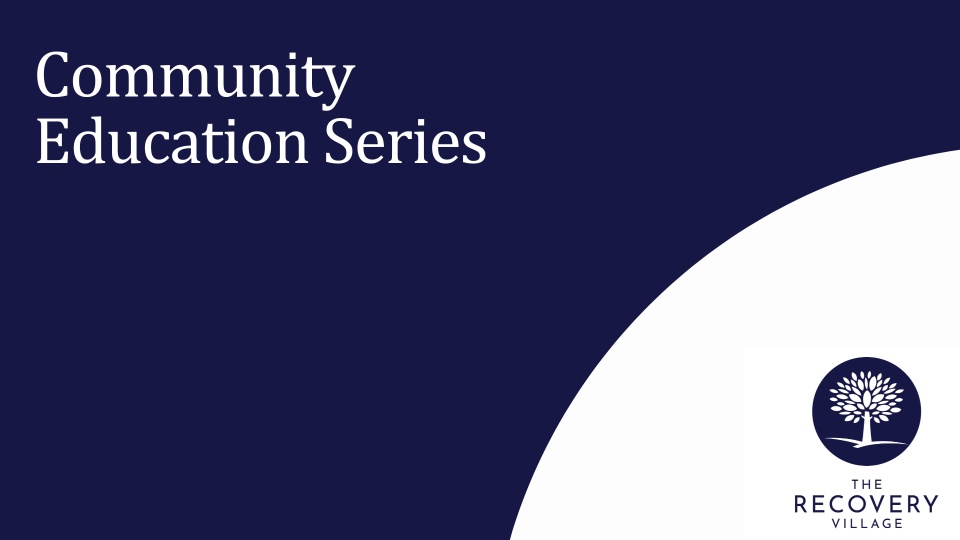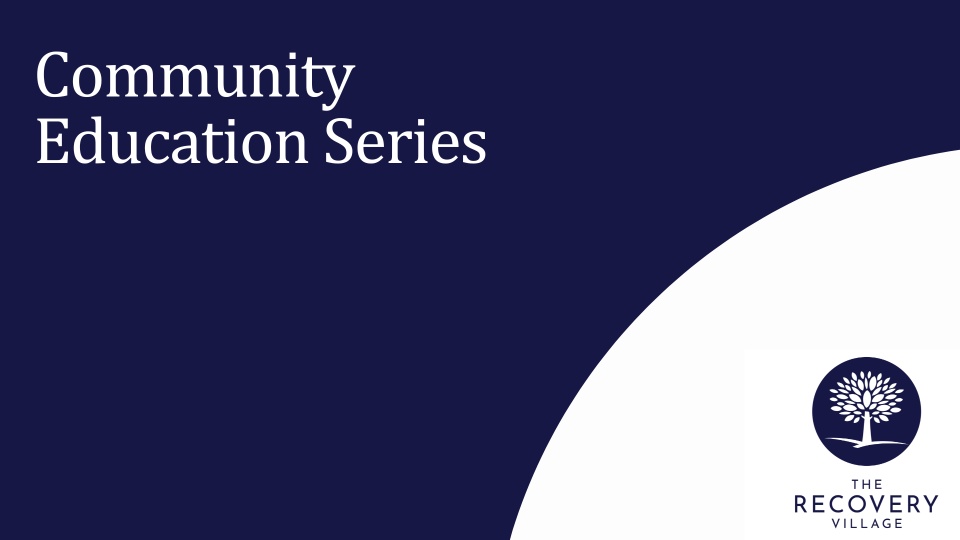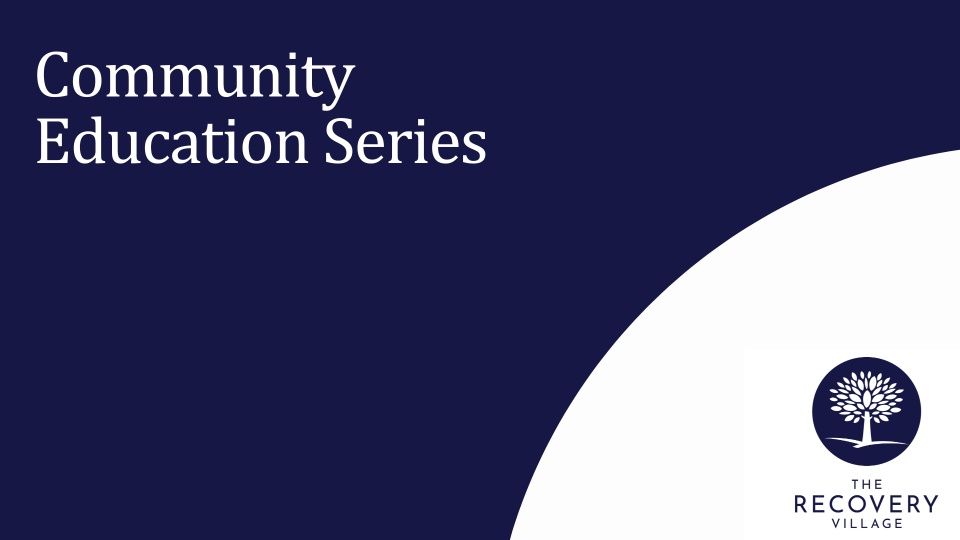Estimated watch time: 1 hour 23 mins
Available credits: none
Objectives and Summary:
If America can’t decide what to make of the millennial generation, neither can our mental health and addiction professionals. Millennials are the most misunderstood cohort and are harshly critiqued by older generations and society at large. Millennials experience exclusive generational issues that are vastly different from Generation X and baby boomers, and they need a tailored approach to best meet their unique needs.
Attendees will learn about the specific generational issues that millennials face and how to best address these issues effectively utilizing evidence-based practices.
After watching her presentation, the viewer will be able to:
- Have an in-depth understanding of cutting-edge millennial research and learn how to implement the VISION acronym into their clinical practice
- Identify the top five stressors that millennials face and how these stressors lead to dual diagnoses
- Effectively implement the research into their clinical practice to increase treatment outcomes and maximize client success rates









